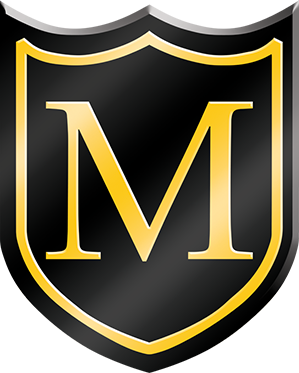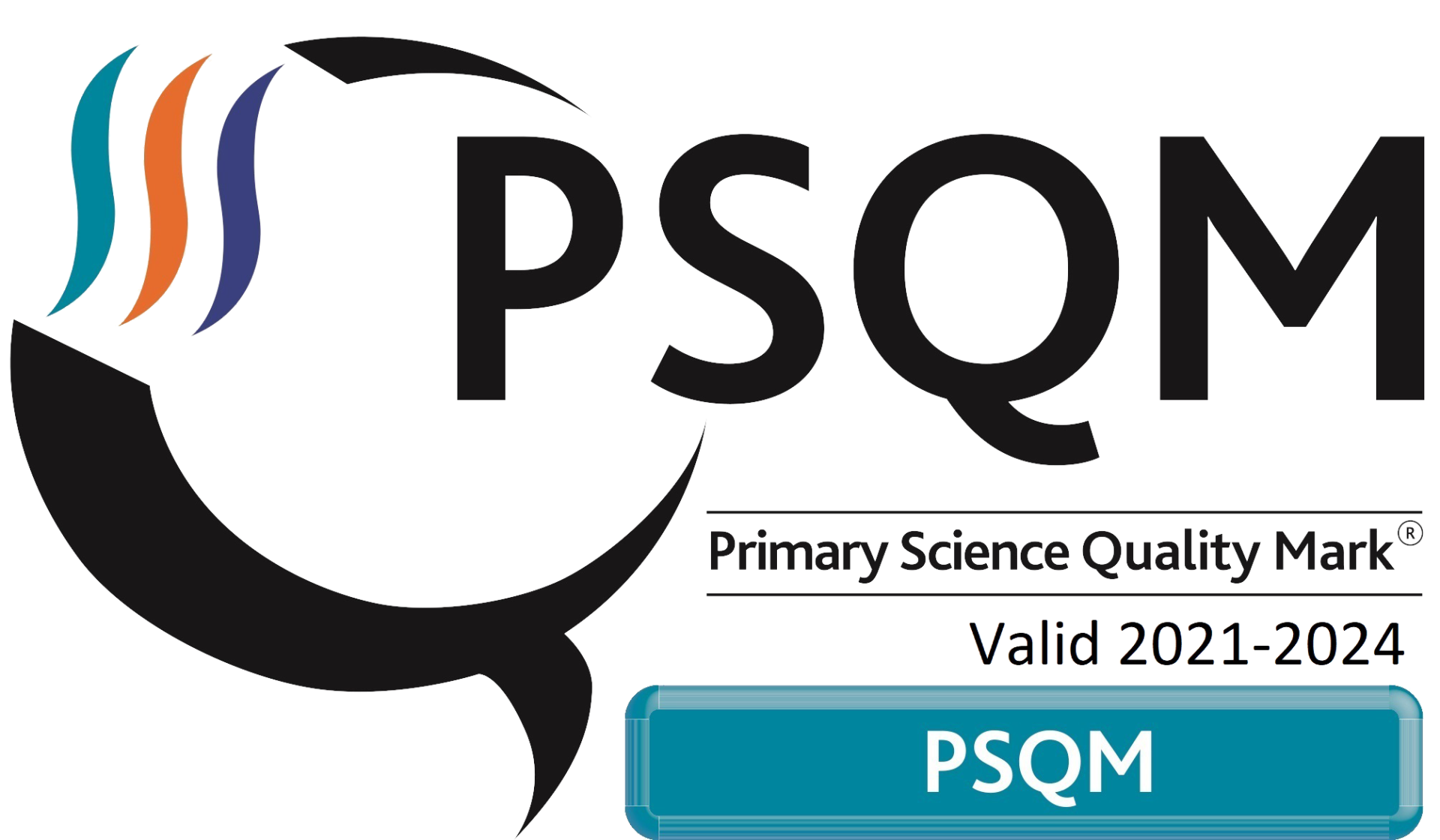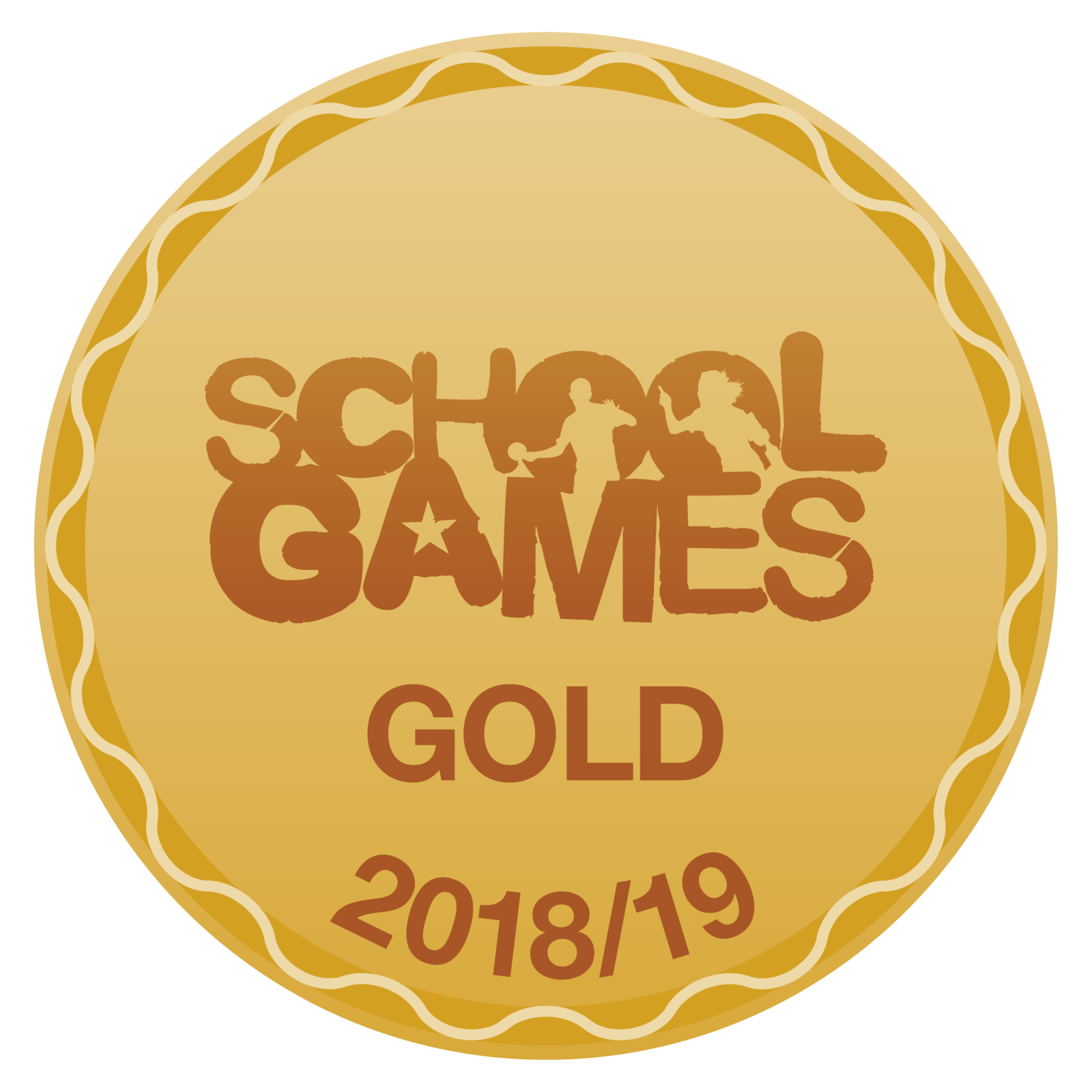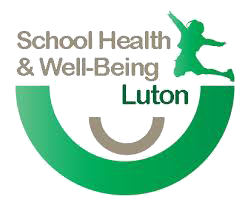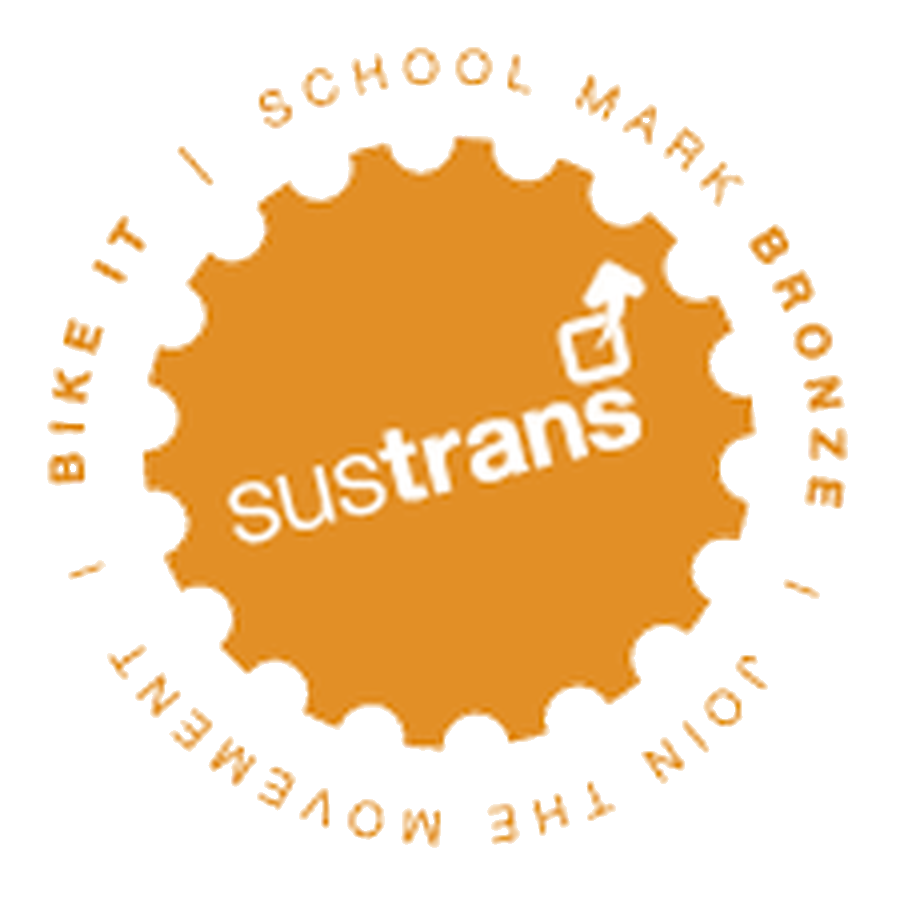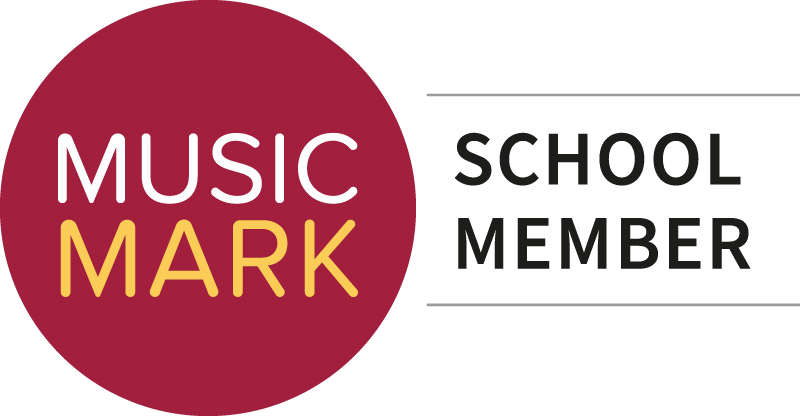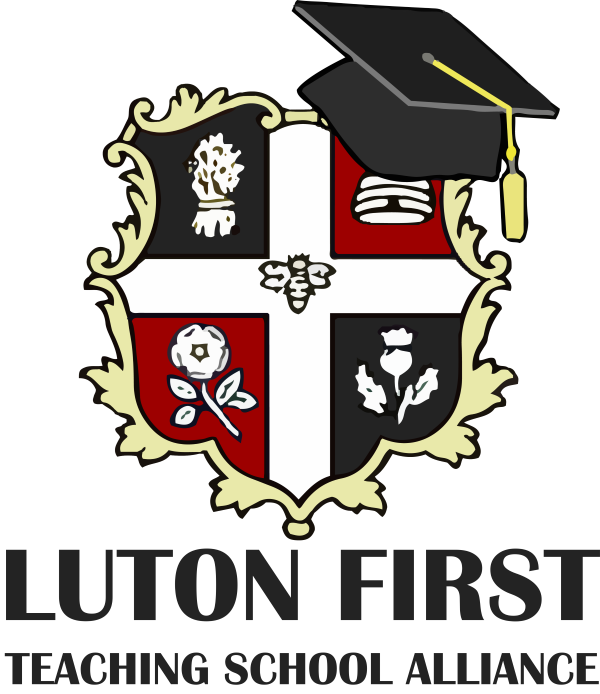Art
Curriculum Intent
The Meads Primary School is committed to meeting the requirements of the primary National Curriculum, underpinned by our core values of Resilience, Respect, Responsibility, Joy and Kindness. We are strong believers in the positive impact of Art and Design as part of a broad and balanced curriculum. It provides children with opportunities to develop and extend skills to express their individual interests and ideas, whilst also contributing to their emotional, aesthetical, spiritual, intellectual and social development.
High-quality Art Education equips children with the skills to explore, experiment, create and invent their own artwork whilst simultaneously engaging, inspiring and challenging pupils. As artists, children should be able to evaluate their work and the work of others, taking influence from well-known artists and adapting their work accordingly. As their skill set progresses, they should understand how art has changed their landscape, culture and history.
Curriculum Coverage
EYFS
Expressive Arts and Design (Exploring and Using Media and Materials)
Children safely use and explore a variety of materials, tools and techniques, experimenting with colour, design, texture, form and function.
Expressive Arts and Design (Being Imaginative)
Children use what they have learnt about media and materials in original ways, thinking about uses and purposes. They represent their own ideas, thoughts and feelings through design and technology, art, music, dance, role-play and stories.
Reception:
Autumn 1 – Do You Want to be Friends?
● Create a self-portrait using a mirror including visible parts of the face - eyes, ears, nose, mouth etc.
● Experiment with colour mixing using the primary colours red, yellow and blue
Key vocabulary: self-portrait, face, ears, eyes, nose, mouth, circle, pencil, line, mix, primary, colour, paint, dip, paintbrush, brushstroke
Autumn 2 – Amazing Autumn and Wonderful Winter
● Transient Art – create an artistic display using seasonal objects
● Create clay models of woodland animals
Key vocabulary: sculpture, mould, roll, woodland, animal, leaf, conker, acorn, ideas, thoughts, Autumn
Spring 2 – Do Lions Live on Farms?
● Explore different techniques including scrunching, folding and fringing to create large-scale art
Key vocabulary: collage, fabric, scrunching, folding, fringing, farm, animal
Summer 1 – Why Do Ladybirds Have Spots and Why Are Carrots Orange?
● Study the artist Guiseppe Arcimboldo – look at art pieces created by Arcimboldo and how he uses fruit and vegetables in his work
● Use fruit and vegetables to create 2D and 3D art
● Observational drawings inspired by Still Life art
Key vocabulary: artist, still life, fruit, vegetable, Guiseppe Arcimboldo, two-dimensional, three-dimensional, observational drawing
Key Stage 1
Pupils should be taught:
● to use a range of materials creatively to design and make products
● to use drawing, painting and sculpture to develop and share their ideas, experiences and imagination
● to develop a wide range of art and design techniques in using colour, pattern, texture, line, shape, form and space
● about the work of a range of artists, craft makers and designers, describing the differences and similarities between different practices and disciplines, and making links to their own work.
Year 1:
Autumn 2 – Big City, Bright Lights
Silhouette Skyline – London
● Examine key buildings in London including Big Ben, The London Eye, The Shard, The ‘Walkie-Talkie’ building, Buckingham Palace
● Use drawing skills to recreate these key buildings on black paper
● Use printing techniques including stamping and pressing to create a background
● Stick key buildings onto background to create a silhouette skyline
Key vocabulary: observe, design, line drawing, detail, cityscape, building, line, size, space
Spring 1 – We are digital artists
Flowers – Georgia O’Keefe
● Use sketching techniques to sketch observational drawings of flowers
● Use white and black paint to experiment with shades and tones
● Use primary colours to make secondary colours and identify colours on the colour wheel
● Understand complementary colours and use complementary colours in art work
Key vocabulary: work of art, idea, starting point, observe, focus, design, improve, line drawing, detail, drawings, bold, primary colours, secondary colours, tints, shades, complementary colours, brushstroke
Summer 1 – Splendid Skies
Seasons and Rainbows
● Use primary colours to create secondary colours – use these colours to create a rainbow using the style of Pointillism
● Use a range of collage materials including coloured paper, felt, tissue paper etc. to create a rainbow collage or different colours and textures
● Use painting and collage materials to create a four seasons tree (canvas)
Key vocabulary: collage, squares, gaps, mosaic, features, cut, place, arrange, primary colours, secondary colours, tints, shades
Year 2:
Autumn 1 – Magnificent Monarchs
Monarch Portraits
● Analyse monarch portraits of notable monarchs including Henry VIII, Queen Victoria, Queen Elizabeth II
● Replicate sketches of famous monarchs and their famous portraits
● Recreate royal poses with objects of choice and produce detailed sketches of these poses
● Create a digital royal portrait using PixIr
Key vocabulary: portrait, self-portrait, line, drawing, detail, size, space, tints, shades, idea, starting point, observe, focus, design, improve
Spring 1 – (Scratch)We are astronauts
Scratch Junior Sculptures
● Analyse sculptures created by Anthony Gormley
● Create a clay sculpture of a Sprite character using techniques including moulding, cutting and carving
Key vocabulary: sculpture, statue, model, sculptor, carving, moulding, cutting, materials
Summer 2 – Computing – We are game testers
Landscapes – Collage inspired by Megan Coyle - Contemporary artist
● Research and analyse landscapes created by Megan Coyle
● Experiment with different materials to create texture and evaluate choices
● Use different techniques to sketch landscapes
● Use the collage techniques to create a landscape
● Discuss artistic choices made during their creative process
● Evaluate their own and each other’s work
Key vocabulary: landscape, pattern, shape, colour, crayons, wax, oil pastels, Hawaii, squares, collage
Key Stage 2
Pupils should learn to develop their techniques, including their control and their use of materials, with creativity, experimentation and an increasing awareness of different kinds of art, craft and design.
Pupils should be taught:
● to create sketch books to record their observations and use them to review and revisit ideas
● to improve their mastery of art and design techniques, including drawing, painting and sculpture with a range of materials [for example, pencil, charcoal, paint, clay]
● about great artists, architects and designers in history.
Year 3:
Autumn 2 – Rocks, Relics and Rumbles
● Study artist Nick Rowland and his famous volcano art
● Use materials and techniques with paint such as splattering, flicking, dripping and blowing to capture the essence of Nick Rowland’s work
Key vocabulary: colour, foreground, middle ground, background, abstract, blend, mix, technique, splattering, flicking, dripping, blowing, inspiration
Spring 2 – The Ingenious Greeks
Clay Pot Sculptures
● Research Greek pottery
● Use sketching techniques to design a piece of Greek pottery
● Use malleable material clay to create a piece of pottery using techniques including moulding, pressing
● Use malleable material clay to join materials together
Key vocabulary: sculpture, pottery, moulding, shape, form, architect, three-dimensional (3D) shape
Summer1 – Winding Rivers, Swirling Seas- Impressionism-Claude Monet
● Develop an understanding of ‘impressionism’
● Study the artist Claude Monet
● Analyse works of art created by Claude Monet
● Recreate a piece of impressionist art using bright colours and bold brushstrokes
Year 4:
Autumn 1 – In a League of Their Own
Roman Mosaic Art
● Create your own printing block using string and card
● Replicate Roman patterns using printing
● Replicate Roman patterns using collage materials and a range of techniques including overlapping, tessellation, mosaic and montage
Key vocabulary: texture, block printing, printing tiles, mosaic, overlapping, tessellation, montage
Spring 1 – We are software developers, Makers and Musician- Portraits -Frida Kahlo
● Analyse symbolism in Frida Kahlo’s self-portraits
● Research how colour and symbols are used in art to convey a certain message
● Apply knowledge of facial proportions when creating a self-portrait
● Understand how to use tint, shadow and tone in a self-portrait’s background
● Understand how to use shade in a shelf-portrait
Vocabulary: symbol, cultural background, personal experience, facial proportion, tint, tone, shadow, types of brush
Summer 1 – Misty Mountains, Rolling Hills
Perspective Landscape- Pop Art- David Hockney
● Exploring perspective in landscape art e.g. the use of vanishing points, horizon lines and construction lines
● Use pattern to create a piece of abstract art
● Use a range of mediums including pastels, poster paints and pencil crayons to create a piece of landscape artwork
Key Vocabulary: perspective landscape, vanishing points, horizon lines, light, dark, shape, outline, colour, foreground, middle ground, background
Year 5:
Autumn 1 – Oh, What a Gift!
Death masks and canopic jars
● Plan and design a canopic jar
● Create a canopic jar using clay – use tools and materials to carve, add shape, texture and pattern and joining techniques including coils
● Design and create an Egyptian death mask – use papier mache for the face mould and cardboard and paint for the pattern
Key vocabulary: papier mache, Egyptian, death mask, style, design, canopic jar, sculpture, carve, shape, texture, pattern, join, coil
Autumn 2 – Tierra de la Jaguar
South American Art – Beatriz Milhazes
● Study artist Beatrix Milhazes – analyse art pieces created by Milhazes
● Design and draw a piece of art in the style of Milhazes using bright colours and 2D shapes
● Create collagraphs using textured materials to replicate the patterns created by Beatriz Mihazes
● Design a collage in the style of Beatriz Milhades using a range of mixed-media
Key vocabulary: South America, Beatriz Milhazes, shape, form, arrange, collagraph, pattern, contemporary art, inspiration, realism
Summer 1 – We’re All Going on A Summer Holiday
Textured Landscape Art- Mixed Media Contemporary Landscape Art
● Study artist
● Create landscape sketches using a variety of techniques to add effects including shadows, reflection, hatching and cross-hatching
● Create sketches which depict movement and perspective in drawings
Key vocabulary: landscape, texture, shade, tone, thick, light, dark, shadows, hatching, cross-hatching, composition
Year 6:
Autumn 2 – The Land of the Rising Sun
Japanese Landscape Art - Sakura
● Look at pictures of the flora and fauna of Japan, including Sakura (cherry blossom) and cranes
● Use sketching skills and techniques to recreate the flora and fauna in Japan
● Use watercolour techniques including strokes and flicks and a range of watercolour washes including flat, graded and variegated wash
Key vocabulary: flora, fauna, Japan, Sakura, watercolour, flicks, strokes, flat wash, graded wash, variegated wash, line, shape, tone, composition
Summer 1 – Frozen Kingdom
Inuit Stencils and Sculptures
● Create stencils of Polar and Arctic animals including polar bears, seals and reindeer - drawn in Inuit style
● Use stencils to create a piece of pattern art based on Polar and Artic animals using a range of techniques including overlapping and layering
● Use clay to create a 3D sculpture of a Polar or Arctic animal
● Use tools and materials to carve and add pattern
Key vocabulary: Inuit, stencil, shape, form, arrange, sculpture, carve, pattern, negative/positive space
Summer 2 Computing- We are computation A.I. thinkers; We are publishers
The Art of Wordless Story Telling -Surrealism
● Comment on the artworks of Surrealist artists such as Dali, and Magritte with a fluent grasp of visual language
● Continue to develop a personal style of painting, drawing upon ideas from surrealist artists
● Give details (including own sketches) about the style of notable representatives of the Surrealist movement
● Show how the work of those studied was influenced by both society and other artists
● Create an original piece that shows a range of influences and styles within the Surrealist movement
Key vocabulary: juxtaposition, texture, picture in picture, unconscious, negative/ positive space

